The Chart Recorder |
|
The CAPTURE Chart Recorder displays a real-time graph of RAD7 data as it is recorded. As a radon test progresses, a set of virtual pens plot radon concentration, temperature, and humidity data on the right side of the display, while older readings scroll to the left. The Chart Recorder contains a Button Bar for starting and stopping tests and configuring RAD7 settings. Below the Button Bar is a Status Display panel which indicates the current state of the RAD7. A nearby panel of Chart Recorder Controls is used to adjust the appearance and range of the Chart Recorder. These features and others are described in detail below. |
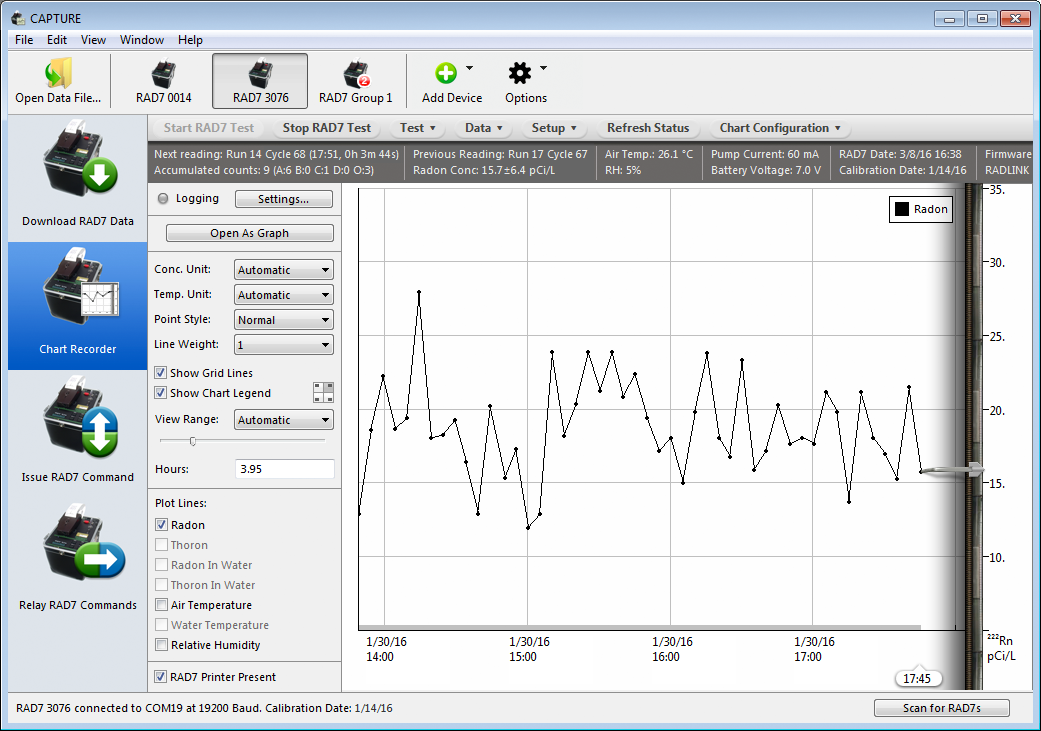 Figure 1: The CAPTURE Chart Recorder.
Figure 1: The CAPTURE Chart Recorder.
| Chart Recorder Button Bar | The Chart Recorder's Button Bar contains controls for starting and stopping the RAD7, configuring RAD7 and chart settings, and refreshing the Status Display and Chart. |
|
The Start RAD7 Test button begins a RAD7 test and initiates real time data tracking. This button has the same effect as selecting Test Start on the actual RAD7. Likewise, the Stop RAD7 Test button emulates the RAD7's Test Stop function. The Test, Data, and Setup menus provide access to the set of commands available on the RAD7 itself, under menus of matching names. Selecting one of these commands will have the same result as entering the corresponding command on the physical RAD7. These commands are described in Chapter 2 of the RAD7 User's Manual. Note that menu commands ending with ellipses (...), such as "Units..." and "Clock..." will present dialog boxes for specifying command parameters, as shown in the Figures 3 and 4, below. The Refresh Status Display button will update the statistics shown in the Chart Status Display, and will cause the Chart Recorder image to be refreshed. Normally this occurs automatically every 60 seconds, but the Refresh Status Display button is useful when an immediate status update is desired. The Chart Configuration menu contains two commands: Logging Settings and Chart Parameters. The Logging Settings command is used to configure the program to log Chart Recorder data to disk as it arrives. This is explained in the Logging Chart Recorder Data section, below. The Chart Parameters command is used to specify which RAD7 accessory was used to obtain the data shown on the Chart Recorder. In the Chart Parameters dialog, it is necessary to specify the Radon Measurement Method: it may be Radon in Air, RAD AQUA, or Water Probe. If the RAD AQUA or Water Probe is selected, the Chart will be able to display radon in water data. Computing radon in water however requires additional inputs, and it will be necessary to specify the temperature of the water being tested. This can be set to either the air temperature as recorded by the RAD7 (plus or minus a fixed offset), or a fixed value, expressed either in Fahrenheit or Celsius. These controls are shown in Figure 5, below. |
|
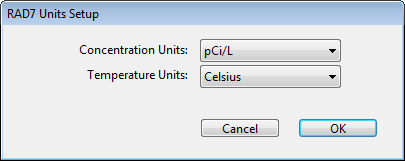 Figure 3: The Chart Recorder RAD7 Units Setup dialog. |
|
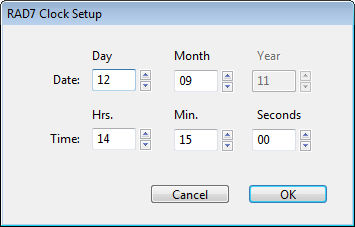 Figure 4: The Chart Recorder RAD7 Clock Setup dialog. |
|
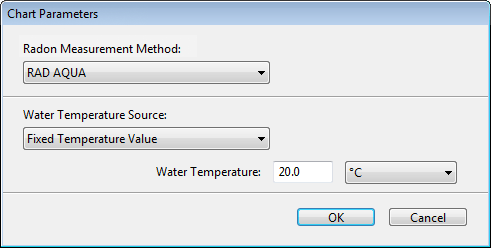 Figure 5: The Chart Parameters dialog. |
|
Figure 6: The Chart Recorder Status Display. |
| Monitoring RAD7 Groups | The Chart Recorder is particularly useful for monitoring groups of RAD7s. RAD7 Groups are sets of RAD7s designated by the user whose data is averaged and displayed as a single chart. For best results the timing of the RAD7s in the group must be synchronized. To configure a RAD7 group, first make sure at least two RAD7s are connected and that their icons are visible in the Main Window Toolbar. In the toolbar, select the Options Menu (which is labeled with a gear icon) and select Add RAD7 Group... The Add RAD7 Group command creates a new RAD7 Group for the Chart Recorder and displays the RAD7 Group Configuration dialog, which which is used to specify the group's name and its member RAD7s. After the RAD7 Group has been configured, it will appear as an icon in the Toolbar, next to the other RAD7s. Selecting a RAD7 Group causes displays a chart representing an average of the data belonging to the member RAD7s. 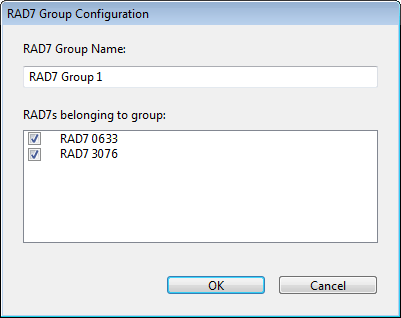 Figure 8: The RAD7 Group Configuration dialog Details on adding, managing, and removing RAD7 Groups is available in the Toolbar Commands section. |
| Logging Chart Recorder Data | When the Chart Recorder is active, chart data may be logged to disk in any of several formats. Clicking the Settings button, which is alongside the Logging indicator light to the left of the chart, brings up the Logging Settings dialog box, which is shown below. Within the Logging Settings dialog box, the Select File Location button is used to specify the name and location of the logged data. The Log Supplementary Data checkbox controls whether the RAD7's printer output device information is saved to the log file in addition to the basic data. If this box is checked, a .r7cdt file with more complete records will be created. Otherwise, the data will be saved to a .r7raw file. The Log to Column Based Text File checkbox makes it possible to log a comma-delimited or tab-delimited text file, which may be opened as a spreadsheet for further analysis. After specifying the desired settings, click the Start Logging button. The Logging light on the Chart Recorder will turn green to indicate that logging is active. It is possible to return to the Logging Settings dialog at any time by clicking the Settings button. If logging is active, it may be disabled with the Stop Logging button, found at the lower left corner of the Logging Settings dialog. Upon disconnecting a RAD7 or exiting CAPTURE, the program will save any outstanding chart recorder data. This process will normally take several seconds, but may be canceled if it is necessary to exit CAPTURE immediately. Note that even if logging is not specifically enabled, CAPTURE will maintain records of raw Chart Recorder data in the Preferences folder. These files can be revealed at any time by selecting Show Chart Recorder Logs from the File Menu. |
|
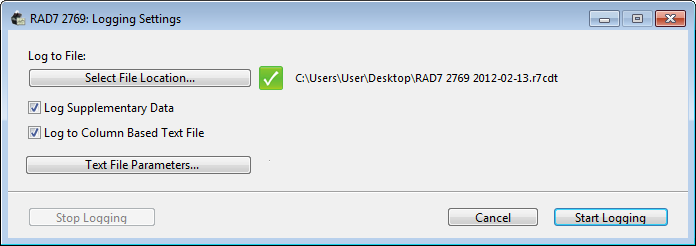 Figure 9: The Chart Recorder Logging Settings Dialog. |